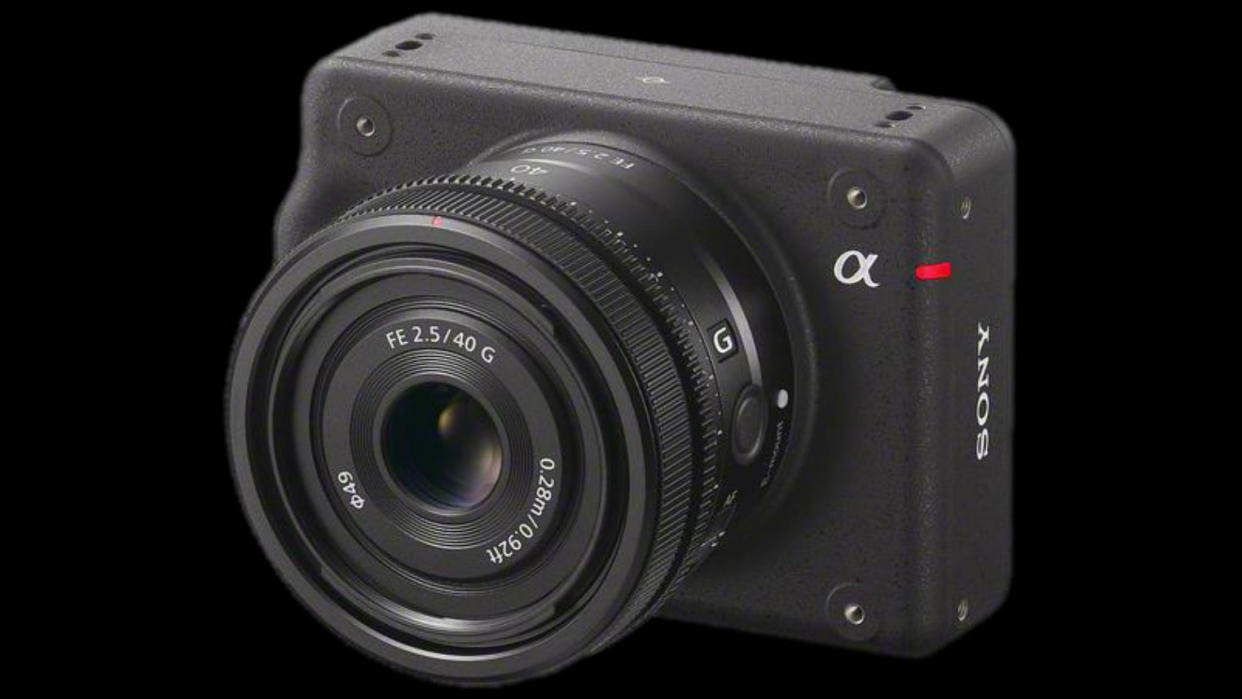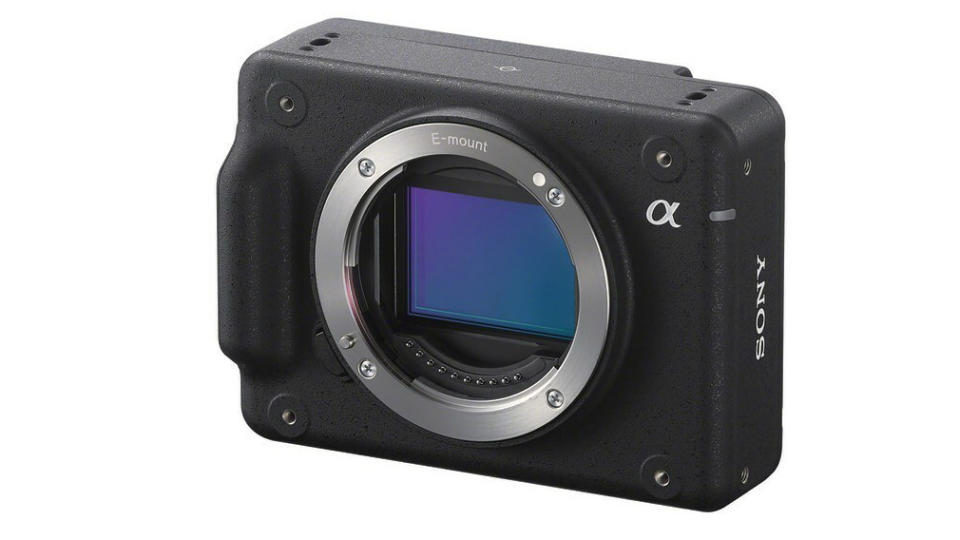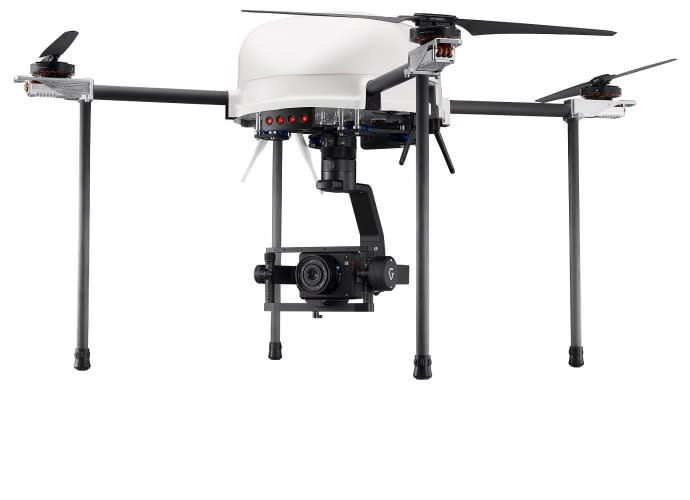Sony ILX-LR1 is smallest, lightest full-frame camera ever, but has no viewfinder

Sony has today announced a new 61-megapixel full-frame E-mount mirrorless camera with a difference. This ultra-compact design is stripped to the bones in terms of weight and size to make it suitable for industrial applications including drones, inspection devices and photogrammetry.
The Sony ILX-LR1 is built around a back-illuminated Exmor R CMOS imaging sensor and Sony's BIONZ XR processors which have the capability to deliver images continuously at up to three frames per second for an extended period of time (over 2 hours, Sony told me). This makes the body perfect for aerial mapping missions which require high resolution, flexibility of lens choice, and access to a mechanical shutter.
The camera body is just 74 x 100 x 42.5mm in size, with screw mounts front, back, side, top, and bottom for fitting to different frames (as well as a standard UNC 1/4in tripod mount).
The back sports the typical Sony control wheel and buttons, and of course a memory card slot, but with no screen the display comes either via USB-C DisplayPort or MicroHDMI. It can draw power from a 10-18V connection, so a drone build – for example – need not hoist up a separate battery inside the camera.
The other key feature is the Sony Camera Remote SDK. The camera has an API integrated into it, making remote control of the camera easy – changes to camera settings, shutter release, live view monitoring, focus data and more.

While some full-frame box cameras, like the Panasonic BS1H, are more focused on video (and Sony has options there too) the choice of a stills-centric sensor gives this some specific purposes. The real flexibility comes via Sony's Power & Control Terminal, which may be familiar to drone and other industrial product engineers.
Drone mapping, in which remote camera operation can be built into the camera support, is a good example. Compared to a typical 15-megapixel sensor resolution, the camera can capture 4 images worth of mapping data in one frame from a higher altitude. This has the potential to save time not only when shooting but also by reducing stitching overlap and so, by extension, processing time. The camera is also lighter than its equivalents, and lowering payload weights buys flight time.

There are other uses for the ILX-LR1 thanks to Sony's SDK. Car fleet operators need linked high-resolution cameras for vehicle exterior inspection, for example. The cameras can make great timelapse devices, too, and their size makes them ideal to build into Holywood-grade photogrammetry photobooth devices (in other words, a room of cameras that record appearance in 3D).
Sony's professional Digital Imaging Solutions has been building the company's SDK for some time, so it is already possible to find able programmers and know many issues have been addressed. Sony's free SDK for drone operations is available for Linux, Windows, and Mac and uses C++. It doesn't require the use of Sony's own Airpeak drone either (though this camera will undoubtedly extend flight times with equivalent lenses on that drone).
Sidestepping a professional concern in America, Sony is producing the camera in their Thailand facility.
To get your hands on the ILX-LR1 (and the SDK) you'll need to go via Sony's professional distributors, where it will retail for $2,950.
What is photogrammetry and why do we need to know about it?
Best camera drones in 2023

